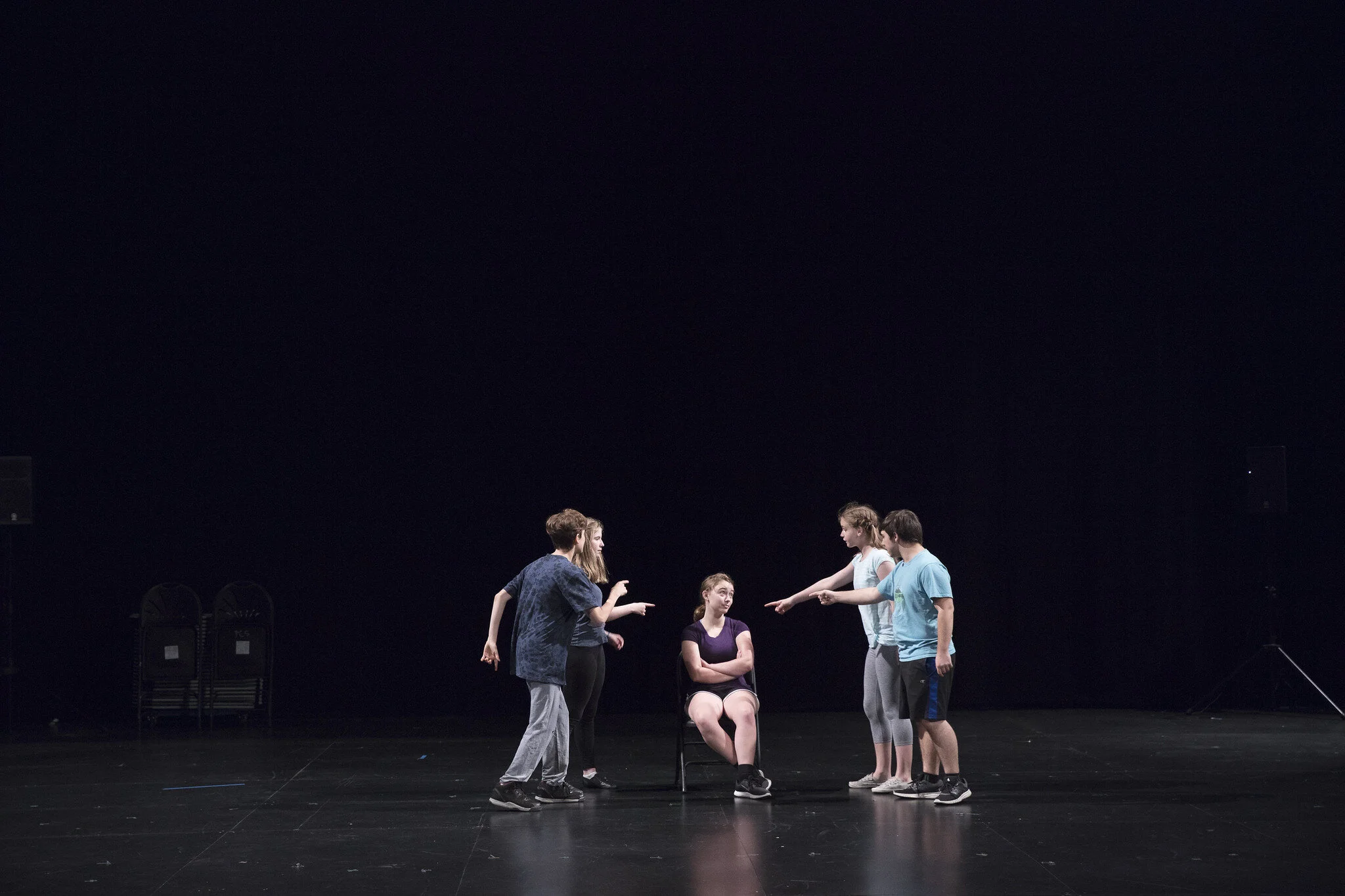Increasing Audience Diversity
October 2022
This article is related to a recently completed custom research project ABA conducted on behalf of a performing arts member. Our research team is always delighted to speak with members about tailoring research projects to your organization. To learn more or submit a custom research request, simply contact your member advisor or email us at info@advisoryarts.com
Ensuring sustainable audience development has always been critical to the work and vibrancy of the arts. Organizations across different genres have been grappling for years with issues of aging audiences, reduced attendance and lack of diversity. These concerns have been further compounded by the global pandemic, social upheavals and the impending recession.
Audiences have altered their habits and expectations around the arts, and organizations are striving to pivot to respond to these changes. In an effort to support strategic initiatives towards audience diversification, ABA interviewed a variety of performing arts organizations to learn from the global field.
Everyone agrees diversifying audiences is a journey that takes years and should be considered as a lifestyle change, not a diet. The art is in how you plan and set out on that journey. Unfortunately, there is no panacea for resolving issues of audience diversity, but we can still learn valuable insights from the work arts organizations are doing today.
ABA members can access the full report, linked at the end of this article.
Critical organizational changes needed to do this work authentically
Across our interviews, organizations discussed the importance of renewing their shared values and shifting their professional practices, in order to make diversity and inclusion not only part of their audience work, but very much part of their entire organizational DNA. This process of internal work, (that can take years) helps establish a foundation of trust and authenticity with staff, external partners and audiences alike.
We have highlighted 6 areas of focus to consider when looking at your structural and internal practices to foster diversity and inclusion. (Note: these do not have to be undertaken in any specific order, but offer more a holistic vision of areas of change.)
Committing to the vision: everyone in your organization should know what you stand for and feel involved in upholding those values and vision. Be transparent about where you are now, and the work and progress you need to make to achieve diversity and inclusion.
Aligning the board and senior management: no matter how clear and shared your vision and values may be, true progress in diversity and inclusion cannot be achieved without board and senior management alignment. This can be achieved first through training, then by reviewing your hiring and nomination practices to remove barriers to leadership.
Measuring and allocating resources for success: changing audience perceptions can take many years and therefore requires commitment of long-term funding and dedicated budgets, as well as road maps for accountability.
Recruiting for cultural competence: hiring and training for cultural competency significantly increases inclusivity and leads to better decision making- with staff that reflects and understands the audiences you are trying to reach.
Training and reframing mindsets: establishing committees and working groups allows staff to take on leading roles in DEIA progress and ensures this work is ongoing. Mandatory and frequent trainings for staff and board sets a baseline of understanding and shared vision.
Bringing diverse voices into decision making: sharing authority and ownership with those who have an intuitive understanding of target audiences leads to better decision making especially in areas such as programming and marketing.
External-facing activities to foster audience diversity
Once you have reached a base level of understanding around shared values and the vision for audience diversification throughout your organization, you are in a better position to address audience diversity tactics and activities more legitimately and authentically.
We have highlighted 6 areas of focus to consider when considering external tactics and activities to reach broader audiences. (Note these do not have to be undertaken in any specific order, but offer more a holistic vision of areas of change).
Ensuring the relevance of core programming: inviting staff and community input helps curate more relevant and inclusive programming. Creating opportunities for repeat feedback also drives program success over time.
Innovating the format: innovating the format such as changing how and where you present work offers great opportunities to surprise audiences and shift perceptions. Organizations should be willing to take certain risks and innovate.
Auditing the visitor experience: gaining insights on the full visitor journey end-to-end including the website and performances is critical to finding the main “dissatisfiers”. We recommend not only surveying your audiences, but also listening to your staff for their insights.
Rethinking communication and branding for new audiences: of course, communication is critical to promote your work and ensure you are on the radar of your target audiences. Many organizations embrace different tones and leverage the insights of their younger staff to lead communication efforts.
Increasing ticket availability: younger audiences seem inspired more by the artist they want to see then loyalty to specific venues. That being the case, we recommend increasing partnerships with other ticket and event platforms to boost your visibility.
Building value-based partnerships: being successful ultimately requires establishing a dialog and partnerships with the communities you are trying to attract - not simply broadcasting to them.




